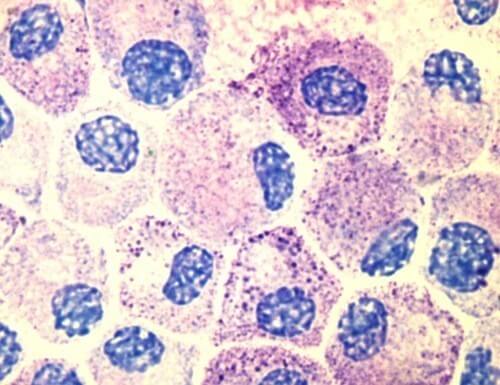 A new National Rosacea Society-funded study has determined that mast cells, located at the interface between the nervous system and vascular system, may be the "missing link" between rosacea triggers and inflammation.
A new National Rosacea Society-funded study has determined that mast cells, located at the interface between the nervous system and vascular system, may be the "missing link" between rosacea triggers and inflammation.
A team led by Dr. Anna DiNardo, associate professor of medicine of the University of California-San Diego, found that mast cells play a direct role in the activation of certain types of cathelicidins, an enzyme involved in the innate immune response that is over-produced in people with rosacea. Studying the process in mice, Dr. DiNardo's team determined that when exposed to a neuropeptide called PACAP, mast cells produce enzymes that trigger the production of cathelicidins. In mice bred to lack mast cells, this chain reaction did not occur.
In their next study, also supported by an NRS research grant, Dr. DiNardo's team will determine whether use of a mast cell stabilizer known as cromolyn sodium will decrease symptoms of rosacea. In addition, they will test to see if levels of the enzymes tryptase and chromotryptase -- typically higher in rosacea patients -- revert to normal after application of the mast cell stabilizer, and which of the enzymes is more important in the process.
NRS research grants are funded by individual donations. To make your tax-deductible donation, click here. Past study results can be found on our Research Results page.